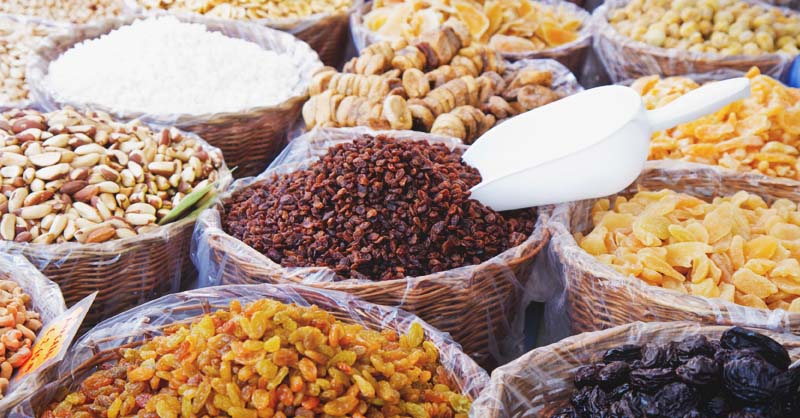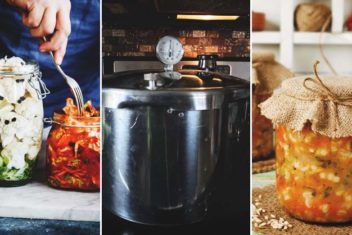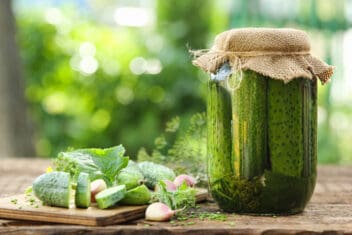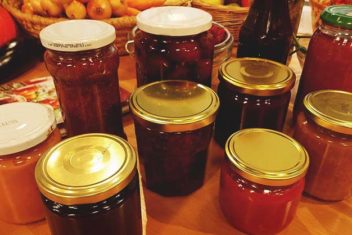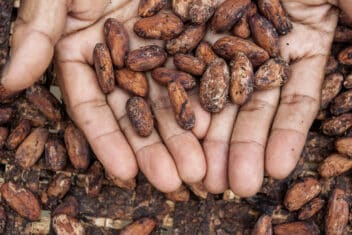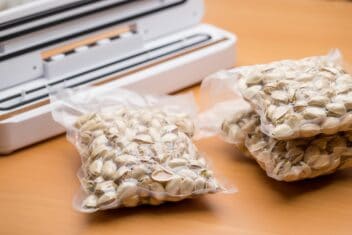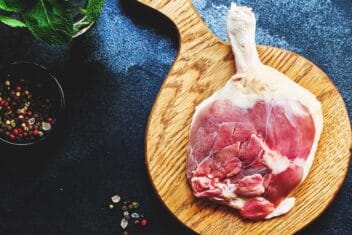Have you tasted freeze dried food recently?
I hadn’t until one of our friends invested in a freeze dryer. I was amazed at how tasty the food was and how easy this method to preserve food is.
It’s truly mind-blowing. As blown away as I was, I could only assume others might be as interested in learning more about this method as I was.
I’m going to share with you what freeze-drying is, how to go about preserving food in this manner (with or without a machine), which foods work best for freeze-drying, and how to store the foods once they’ve been through this process.
Let’s get moving and explore how freeze drying could be a food preservation method which works great for you:

What is Freeze Drying?

Freeze drying is a food preservation method that removes all liquid from a particular food without impacting the taste.
It’s a 2-step process that starts by freezing your food. Once the food is frozen, it goes through a vacuum cycle.
This cycle will take all the ice crystals formed during freezing and turn them into vapor. The vapor is removed from the food, and from this point forward, the food is safe for storage without losing any of its color or taste.
How to Freeze Dry Food
Freeze drying sounds like a fancy method for preserving food which would lead you to assume it’s overly complicated.
However, freeze-drying food has been around for many years. It isn’t difficult and can be accomplished with or without a machine. Here’s how:
Freeze Drying with a Machine
Freeze drying food with a machine is as simple as it comes. You wash the foods you’re planning on preserving and cut them into manageable size pieces.
When the food has been prepped, place it on the tray of the machine, turn it on, and use the machine per the manufacturer’s instructions.
Once the food finishes drying, place it in a sealed plastic bag and store. Though drying foods with a machine is fast and easy, the device itself is quite expensive.
You can expect to spend quite a lot of money. Be prepared to invest if you’d like to take the easier path using this method to preserve your food.
Freeze Drying Without a Machine
Freeze drying with a machine is a simple process, but doing it without a machine isn’t terribly complicated either.
The main difference between using a machine and not using one is the amount of time the process takes.
If you dry food without a machine, you should prep the food as you would before preserving it with any other method.
When the food is ready to go, place it on an air-drying rack where the air can fully circulate around the food.
Place the tray inside a deep freezer and leave it. At first, the food will freeze. Over a matter of weeks, the food will become dry.
You’ll know the food has fully dried by removing one piece. If the food doesn’t change color as it thaws, you’ll see the process is complete.
Which Foods Work Best for Freeze Drying?
This method seems easy, doesn’t it? It may even be worth the investment in your eyes, but does it work for all kinds of foods? Here are the foods freeze-drying works best with:
1. High Water Content
Any food which has high water content should work well for freeze-drying. The higher the water content, the smoother the process works.
Therefore, if you have an item you can’t find listed anywhere and are wondering if you could freeze-dry it, check the water content.
2. Produce
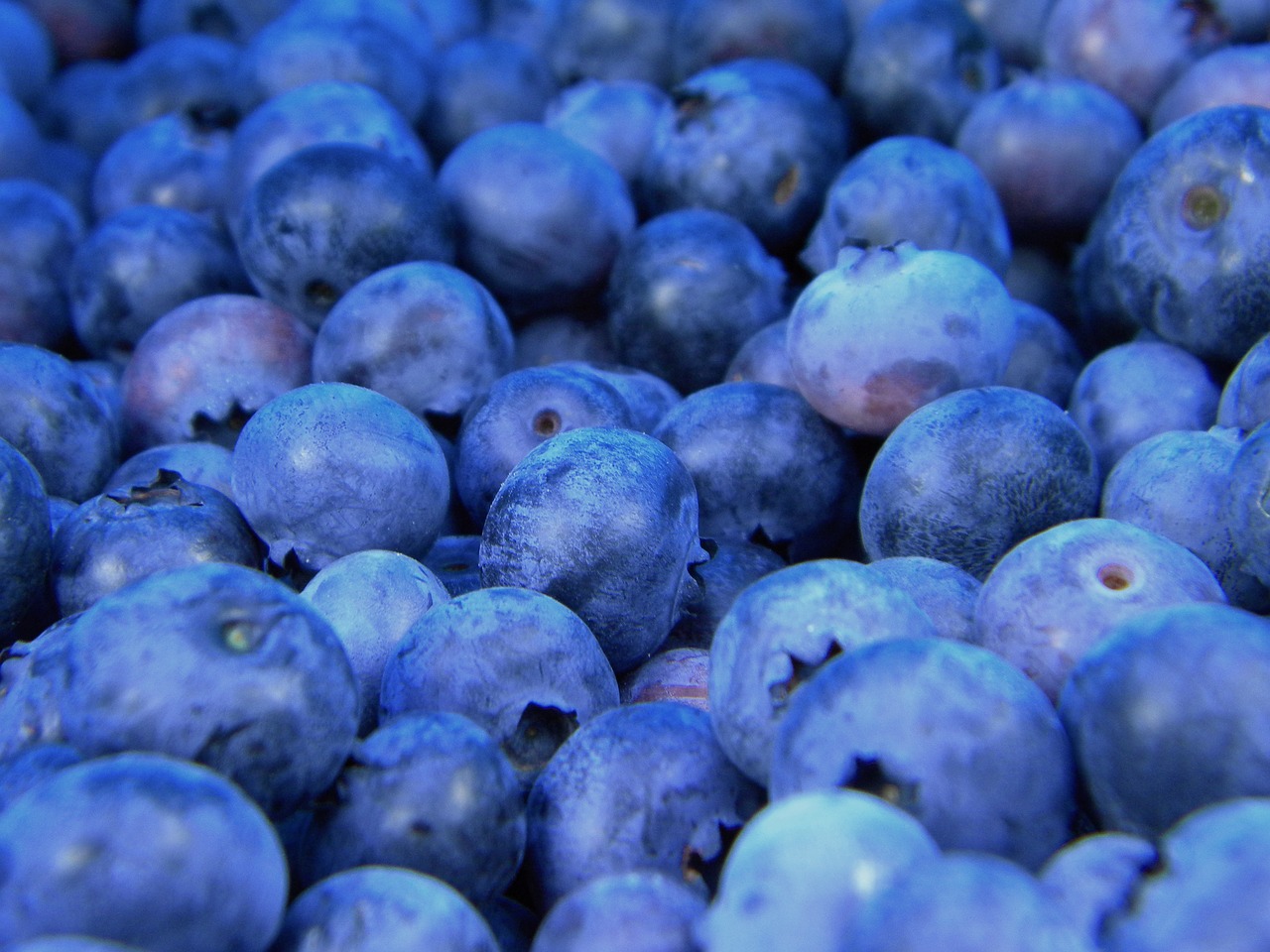
Most produce is known for having a higher water content. A few common fruits and vegetables which work best for freeze-drying are:
3. Meats
Meat is a tricky item when trying to preserve because of its thickness. If you can meat, you must be careful of how thick it is, or it can leave room for bacteria.
If you dry meat, you must be careful of the thickness or it won’t dry thoroughly. You don’t need to fear meat when it comes to freeze-drying; it can be preserved in this method both cooked and raw.
4. Pantry Staples
If you open your pantry do you have any grains or pasta on the shelf? If you’d like to store them for long-term use, then this is your method.
Though you might not look at pasta or grains and consider them a high-water content food, they work extremely well with this method.
5. Dairy
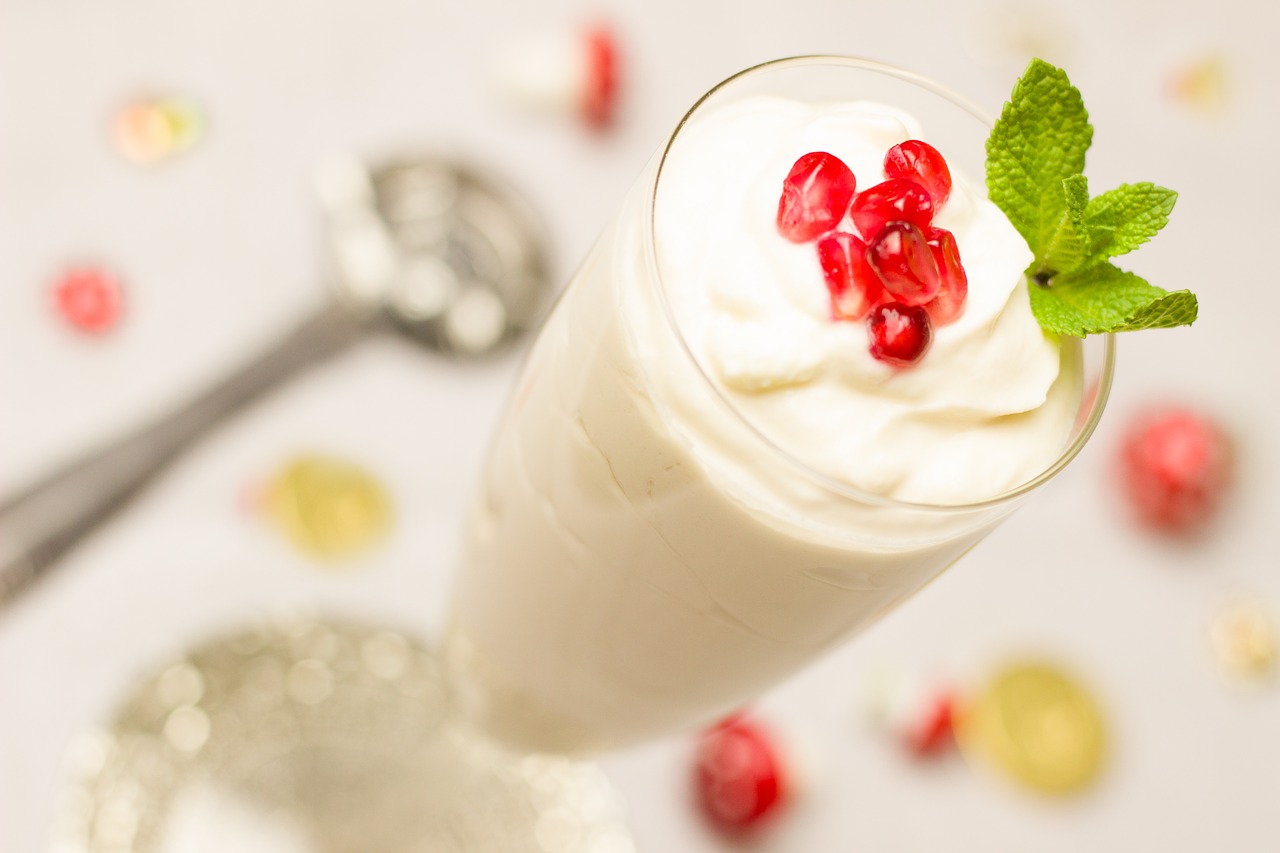
Freeze drying is amazing because if you have dairy (Greek yogurt, ice cream, etc.) getting ready to bite the dust, it doesn’t have to.
Instead, you can run it through your machine, and it will preserve it. It isn’t as creamy when freeze-dried, but it’s still good.
6. Eggs
If you raise chickens, there are certain times of the year when you feel overrun with eggs. What should you do with them?
They freeze-dry well. You can run them through the machine both raw or cooked. It is a great way to keep eggs on hand all year long without having to buy them when the hens take a break.
7. Leafy Greens
Freezing any type of leafy green can be considered a no-go by many. Yet, things are different with this method.
If you have leafy greens you’d like to be able to keep on hand for soups or other dishes, consider freeze-drying them.
How to Store Food Once Freeze Dried
Your foods are now freeze-dried. What should you do now? When foods have completed their drying cycle, you should store them in a plastic bag or container which seals.
There’s no need to store the items in the freezer or refrigerator. Instead, store them in a cool location that doesn’t reach temperatures above 75°F.
This could be a root cellar, in a pantry, or even a cabinet in most homes.
Food preservation hasn’t seemed this easy for most generations, but we’re the lucky ones. You can dry your food for long-term storage in only a few hours.
You can also store it without any special requirements for the long haul as well. If you’re searching for an easy method to preserve food, you may have found it in freeze-drying.
